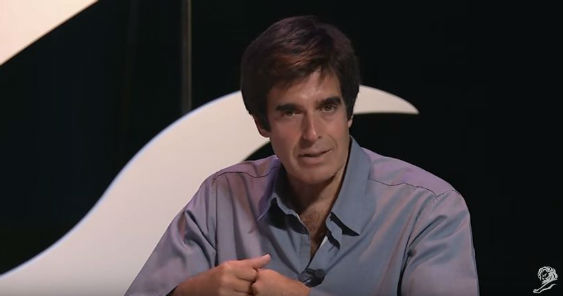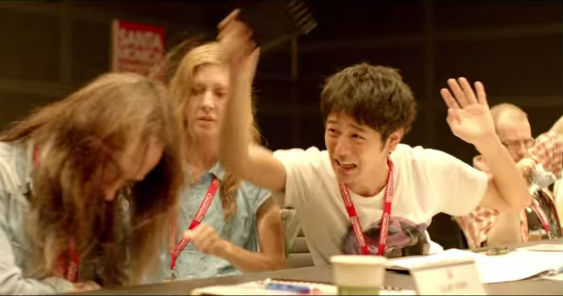MANILA, APRIL 19, 2013 – Companies must define the soul of their brand, an undertaking described as critical since the era of consumer empowerment has changed the rules of engagement.
In an adobo Masterclass presentation filled with energy, insights and knowledge, master brand builder Tom Doctoroff described the brand idea as the fusion of consumer insights and unique brand offer, which then serves as the basis to create compelling engagement ideas to build the consumer-brand relationship.
In his presentation ‘The Art of Engagement: Time + Tension + Ideas’, JWT’s Asia Pacific CEO described the brand idea as the brand’s long-term identity, one with a life force that needs to be vividly dramatized through engagement rather than articulated in words.
Accordingly, the brand idea cannot be narrowly defined that it becomes boring or broadly defined that makes it difficult to hold together at the executional level.
When well defined though it will drive the development of “ownable” engagement ideas that effortlessly bring the brand idea to life.
“It can be short-term or long-term, tactical or thematic but it must be able to extend across media in a manner that elicits active participation with the creative idea itself,” Doctoroff explained.
This is important today since consumers would rather spend time with big populist ideas that engage rather than ideas that interrupt, he said, pointing to the seismic shift away from the old, top-down broadcast model to a bottom up model, driven by consumers empowered by technology to propagate ideas and content.
Doctoroff showcased a plethora of engagement success stories, all driven by a compelling brand idea that captured global imagination and became viral hits that invited consumer participation. Among them were Kit-Kat (‘Have a Break. Have a Kit-Kat’) sending its iconic chocolate treat to space to provide a fun break to Felix Baumgartner ahead of his record-breaking sky-dive from the edge of space in late 2012 to Cadbury’s 2009 ‘Eyebrow Dance’ to depict the dairy range as ‘A Glass and a Half Full of Joy’ to a multimedia HBO campaign from 2007 that used voyeurism as a vehicle depicting the brand as a pre-eminent story-teller able to provide a peek into people’s lives.
He also praised Honda’s series of UK campaigns – starting with 2003’s ‘Cog’ to 2004’s CSR-driven ‘Grrr’, 2005’s ‘Impossible Dream’ and 2006’s ‘Choir’ – in dramatizing its ‘Driven Aspiration’ brand idea with consistency and dynamism.
On the other hand, he noted that Korea’s HomePlus supermarket ground had anchored its ‘Virtual Store’ engagement in strong consumer insights – helping time-pressed Koreans use their waiting time to shop for groceries – but the Cannes 2011 Media Grand Prix winner failed to capitalize on its first mover advantage. “This was not an ownable idea. There’s nothing to stop a competitor from doing the same,” he added.
Active consumer engagement activities, he explained, can help a brand transcend its product category and redefine its role in consumer’s life as Kit-Kat has done over the past few years in Japan where it is today seen as a lucky charm – the brand name translates as “surely win” – for high school students taking their exams.
The latest iteration of the multi-faceted campaign, Kit Kat Mail, turned Japan Post’s 22,000 post offices into a communications partner and distribution channel, a marketing coup in one of the world’s toughest retail markets.
“Now it’s about having a relationship to drive purchase and advocacy” over the old model of building awareness to shape preference and ultimately purchase, he added.
Brands that get engagement are well placed to maximize their budgets and can increase profit margins through enhanced consumer loyalty.




